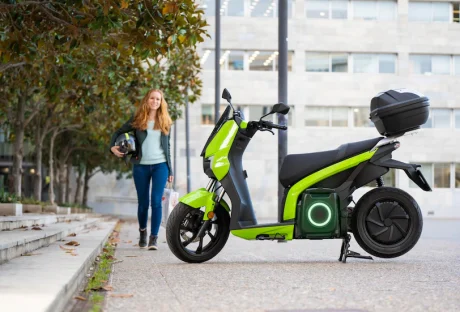Furniture removal is a time-consuming process that you can complete by yourself. But it is a delusively tricky task. Moving larger furniture from one place to another is time-consuming and draining. So, it is a good idea to hire the services of professional furniture movers. They know how to handle the situation with expert hands and alleviate your stress. If you are looking for companies that help with removals, you will come across several service providers online.
The cost of furniture removal:
When you are exploring information regarding a furniture removal company, you need to know about the charges pertaining to their services. The cost mainly depends on the distance and certain other factors. The additional charges also vary for the amount and type of furniture. Suppose furniture transport costs £1.78 per mile for longer hauls; the cost drops to £0.40 per mile for shorter distances.
How to choose the right removal company:
The cost of furniture removal varies for some valid reasons. It depends on distance, furniture quantity, and an extra delivery charge. The task is expensive, so you should take any chance to save at least a minimum amount. If you want to avoid the extra cost, it is best to compare the prices of local companies. The companies will provide you with a detailed estimate according to your needs.
The way they handle your needs:
When you hand over the whole task to expert hands, they will manage the work efficiently. They are specialized in packaging, loading, and unloading of furniture. The job of furniture assembly will be done by them — no need to worry about wrapping and boxing of furniture accessories because these are included within their service. The experts will supervise the whole process of loading and transporting. They use different types of equipment to ensure the efficiency of moving furniture. To provide protection, they use blankets, straps and furniture pads. Additionally, they will ensure an extra facility for you like storage. If you are unable to move into your new home or office immediately, the storage facility proves to be beneficial for you.
Options for furniture removal:
Furniture removal companies provide you with different kinds of services that vary according to the level of collaboration.
Room-to-room removals:
It is a process of transport with full-service collaboration. It helps in packing up things you own, loading into the van, carrying them over to the destination carefully and installing them in your new place. This option will take away all your hassles when moving.
Door-to-door or courier transfer:
This type of company will provide you with services that enable them to load your goods onto the van and move them to your new place. But you will need to sort out your things yourself when they arrive.
Rental facilities:
It includes renting a moving truck and recruiting movers to help with loading and transferring. You will need to complete the packing on your own; otherwise, it will cost an additional charge. You can choose the vehicle type as per the nature of your stuff.
Part load:
Movers provide services to more than one customer in a single shipment. It is an excellent way to cut down the extra cost and save time. It is really of great help whenever you want to move a little stuff because this can save you both money and hassle.
The bottom line:
Whenever you want to transport furniture to your newly designated destination, you will need to be sure of their turnaround and price. You can receive quotes from various Evesham removals companies by filling out their service request forms.
Read Also:






















